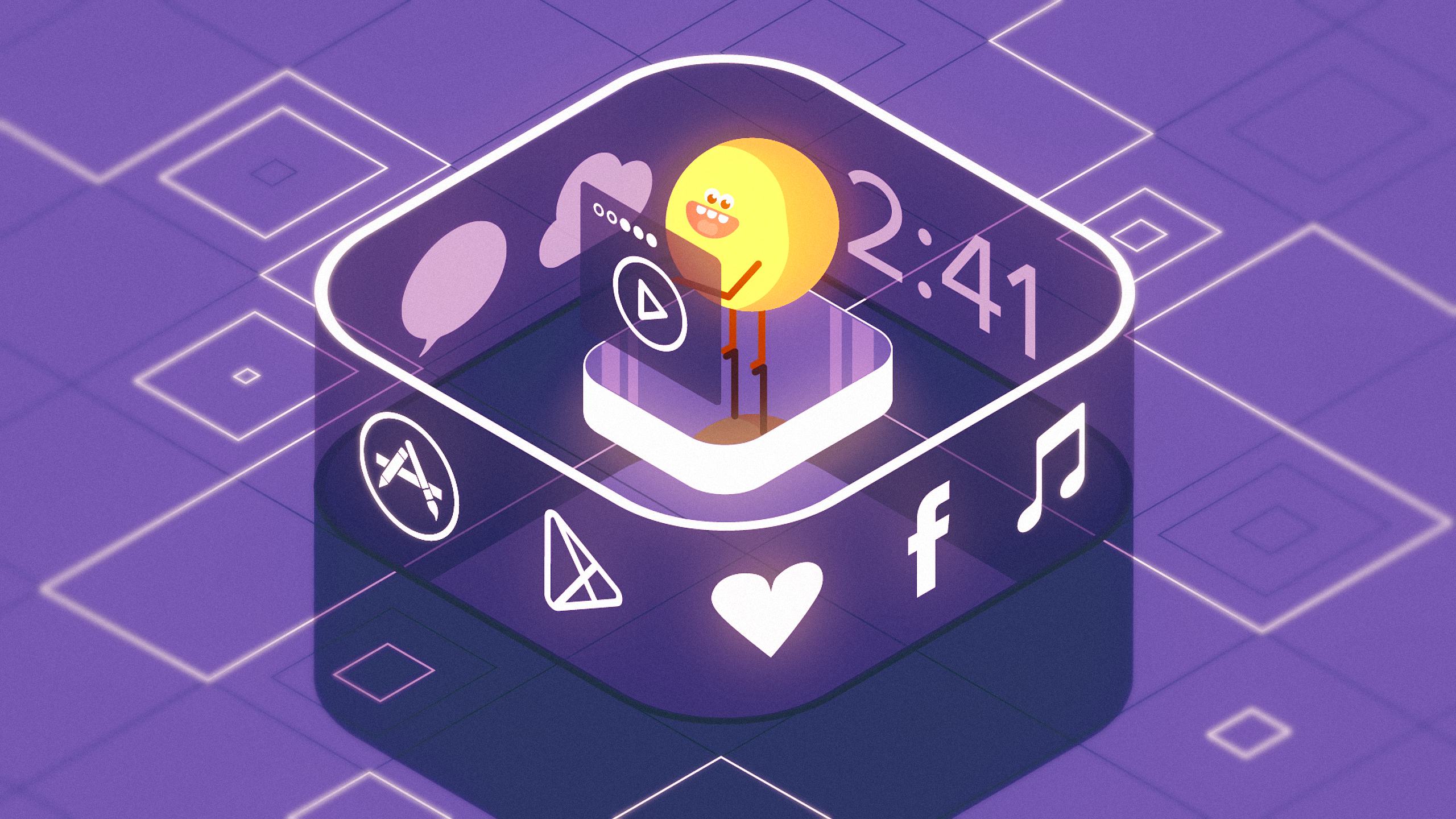
15.03.2021
How advancements in Artificial Intelligence and the release of ARKit are shaping the future of the App industry
In the past few years, many have suggested that the era of Apps as we know it today is about to come to an end. But I would say that recent advancements in technology, specifically AI and ARKit, may hold the key to mobile apps sticking around for a while.
It’s been 7 years since I was a part of the team that created AutoCAD Mobile, one of the first Pro apps on the App Store. It still amazes me how the concept of apps changed the lives of so many developers. It created and changed companies and industries and defined current and new markets. As with everything in life, things are evolving and adapting to new realities, and the concept of apps is no different.
First, let’s look at where it all started. I took the liberty of naming a few movie titles I like and relating them to apps to give context.
Apps: Legacy (Apps 1.0)
Martin Cooper of Motorola released the first mobile phone in April 1973. Although the credit for the concept of Apps goes immediately to Apple for many good reasons, the concept as we know it today started with the release of Psion Series 3 in 1991 and later on with Apple Newton (1993), Palm Pilot (1996) and Nokia (1997).
Apps back then were simple. They were used for mundane tasks from weather forecasts to contact management. For some phones, such as Psion, external developers could create apps for its Operating System, EPOC, which was based on OPL (Open Programming Language) and later on became Symbian OS; In 2009, 250 million devices were running Symbian OS.
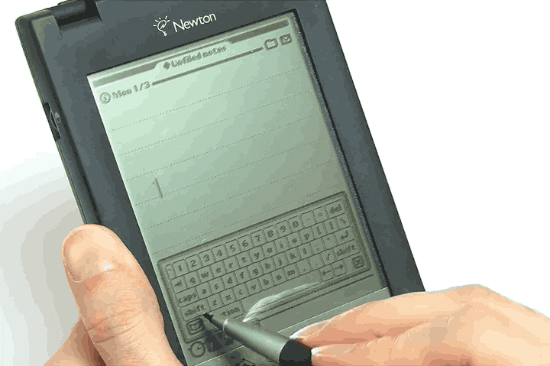
Apple Newton - the first PDA
Rise of the Planet of the Apps (Apps 2.0)
In 2007 the first iPhone was released. In July 2008, the App Store hit the scene, and everything we knew about Apps has changed ever since.
First off, the iPhone was and still is more than a just business success, it’s a phenomenon. It took over the smartphone market with its ease of use and advanced technology and bolstered by the App Store, which was a new distribution channel for developers that pushed many third-party developers to believe there’s a great opportunity for getting their own creations in the hands of millions overnight. Nothing like this existed before, definitely not on this scale. Back then, software companies and individuals were mostly dependent on large sales teams and lucrative distribution deals.
Many things have changed since the launch of the App Store and Google Play Store:
The Early Days (2008–2010)
This stage is important to understand since we will see the same pattern with Apps 3.0 — in its first two years, we could see app developers playing with many aspects of the platform, both hardware and software-wise. Developers didn’t really know what to expect and what’s possible, so they released apps that played with the phones’ accelerometer (iBeer, iFog), location-based (FitBit app), and games like Angry Birds that demonstrated a new interaction with touch screens for games. In addition to new explorations, we also saw the rise of more productive apps like WhatsApp for messaging and Autodesk Sketchbook or AutoCAD Mobile which enabled designers to sketch on their phones using their fingers.

iBeer - one of the first apps to experiment with the new iPhone
Going Big (2011–2013)
In 2011, we could see the App Store and Google Play growing, not just with the number of apps developed (1 million apps on each store) but in the number of downloads — 50 billion downloads on each store. App development and business became more serious because of high volume usage and access to hundreds of millions of users. Major companies like Amazon started releasing their own apps; Games like Angry Birds getting to 1 billion downloads and 200 million monthly active users; Instagram being acquired by Facebook for $1bn; Candy Crush becoming the most downloaded app in 2013 and Snapchat rejecting a $3bn offer from Facebook.
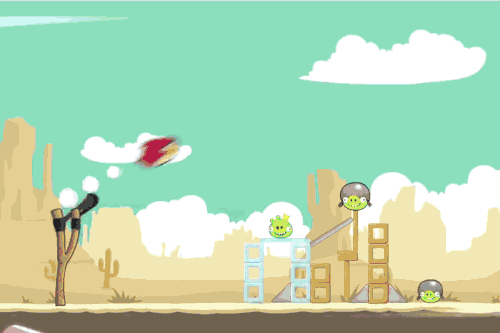
Angry Birds celebrates its 1 billion downloads milestone
Apps as Service (2014–2017)
With a scale that has never been seen before, ‘Apps’ is a thriving industry that generates tens of billions of dollars each year. Apple coined the phrase “There’s an app for that” in 2009, but in 2017 — if you don’t have an app, you don’t exist, it’s that simple. We’re dependent on apps. At this point, it’s hard to imagine our lives without them. Apple captured this reality in their video, “APPOCALYPSE”, presented at WWDC 2017:
Apple isn’t kidding when they say to developers “The world is depending on you” — they mean it. Almost every aspect of our lives today is managed by apps as services:
- Traveling using Waze or Uber;
- Purchasing anything from Amazon;
- Vacationing with Airbnb;
- Ordering food with Postmates, Caviar or UberEATS;
- Listening to music with Spotify or Apple Music;
- Communicating with others using Facebook, Snapchat and text messaging apps like Facebook Messenger, WhatsApp and Telegram;
- Documenting our lives with Instagram;
- Creating professional work on phones and tablets using Microsoft Office, Adobe Photoshop along with new apps, like the one we develop, uMake;
- Tracking our health using wearables apps on Apple Watch or others;
- Even finding love using Tinder and other dating apps.
The list is long and almost endless.
”
As a developer or consumer, you probably ask yourself, what else can be done? It seems we already have everything. Well, almost. This is where the next generation of Apps is going to add different values. Let’s take a look at what’s about to come:
Ready App One (Apps 3.0)
Moore’s law applies to apps too — the time it takes to develop an app is shorter, and apps have become more sophisticated along with advancements in hardware and software.
The future of Apps relies on personalization
So far, we made the effort to familiarize ourselves with apps by giving away different types of information about ourselves. Now, apps are starting to familiarize themselves with us by taking advantage of current features and data, such as location-based features (making sure you’re at your right location when ordering food for example), or verifying your identity through facial recognition to allow a smoother purchasing experience.
When Artificial Intelligence meets Augmented Reality
In the near future, using artificial intelligence and rendering amazing visual experiences through augmented reality, apps won’t be just part of our lives, they will become our lives — going with us anywhere we go, making us smarter, better, but more dependent on them than ever.
When apps become our eyes, hands, legs — even our brain in one way or another, they will transform into a fully immersive experience. We can see glimpses of these type of experiences with the release of ARKit and the excitement around it. Using AR and AI can create so many opportunities for both app developers and consumers. Here are few examples:
Healthcare
Doctors and nurses are already using their phones and tablets in hospitals to collect data on their patients. Human API already centralizes any medical data you have in one place. Connecting this data with AR features can ease the medical review process and more.
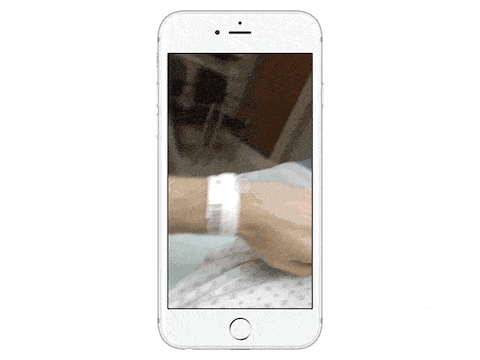
Medical App Concept by Clint McManaman
Retail
Some would argue that online shopping isn’t the real reason behind the slowing down of business for malls, but Augmented Reality with AI can definitely change the way we dress. AI-powered apps can be our new stylist — collecting data from multiple sources and choosing the best clothing and style for us based on the taste of the masses. With AR we could easily try these styles with a few taps and purchase it right from within the app.
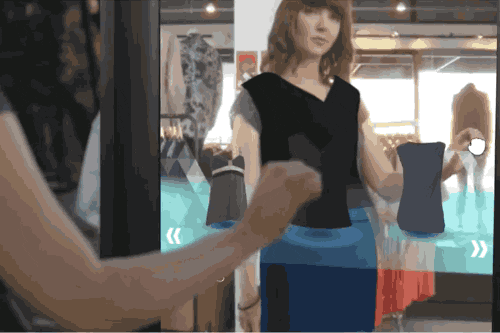
A retail clothing concept by Kinect (2013)
Design
The design space is going to change dramatically from technologies like AI and AR. From Architecture to Interior Design and Fashion to Product Design, everything we know is going to change. Instead of designing in a vacuum, we can finally have a context to the things we create. Moreover, for the first time ever, in some industries, digital merchandise would be equal to a physical one.
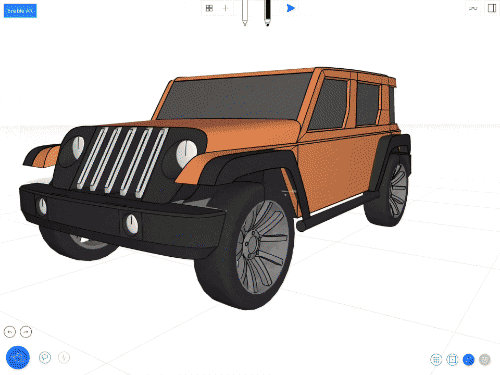
uMake - a 3D design app for the iPhone and iPad using ARKit
Games
The gaming industry has always been at the forefront of adapting new technologies to provide new fun experiences. AI and AR aren’t different. Modern games can understand your environment and can tailor a personalized experience to maximize user engagement and retention.
Hollywood and the film industry
Theaters aren’t going anywhere. That said, new theater experiences are being created. Instead of watching trailers for new movies as we do now, we could get more interactive experiences using AR right in our living room or if we want to go even further, maybe even personalized storylines based on our personal preferences and emotions, using AI (just imagine what Netflix knows about your watching preferences).

Wingut AR, the studio started by Lord of the Rings film director Sir Peter Jackson has reveleaed its first Augemented Reality demo with ARKit
Dating
Even the dating scene is going to change, maybe in a good way. Instead of being stuck in front of our 2D screens, at some point when AR glasses become a mass consumer product, we could walk outside and meet real people with the same interests that we have, creating real-life interactions and maybe finding love along the way.

SIGHT Sci-Fi movie - a glimpse to the future of the dating scene
Nutrition
Becoming smarter and more knowledgeable about what we bring into our bodies is probably the main obstacle to having a good diet. This could change dramatically with high image recognition apps (well, maybe a bit better than “Not Hot Dog”) that recognize any type of food we will be eating during the day, automatically calculating its nutrition values and giving us recommendations on the spot for what we should or shouldn’t eat.
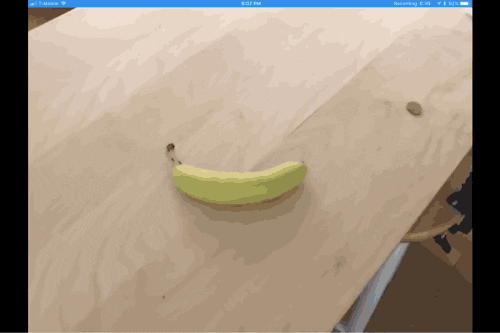
AR Nutritional Value App
Final Notes: The Ghost in the App
In his book, ‘The Ghost in the Machine” (1967), Arthur Koestler introduced the idea of “Holons”. Holon has an individual identity at the same time as it is a part of a larger system, it is a subsystem of the larger system.
Think about Apps 3.0 as holons. These apps are two-faced — one acting as an autonomous system using AI (service, tool, etc.) without the need for any intervention from our end. The other one, serving as a part of a higher level, in the form of immersive experiences while creating a cohesive ecosystem in which we’re constantly surrounded every day, all day.
For some of us, many of the things presented in this article could seem like Sci-Fi, but some of these trends are already happening and will grow in the next few years.
The future of apps relies on personalization, a future where the app becomes us in many different ways. We will be dependent on apps more than ever, and it’s not necessarily a bad thing. This could be a great opportunity for app developers and consumers alike.




